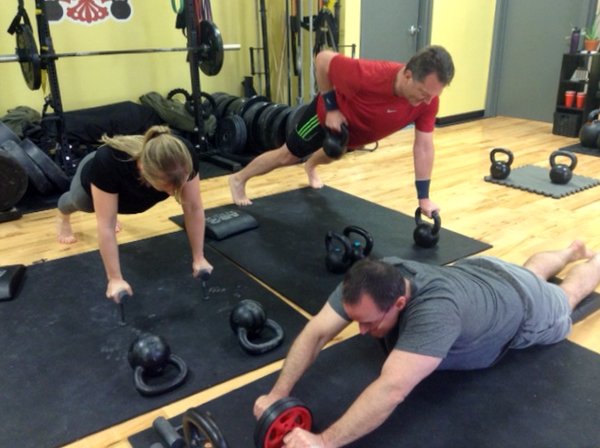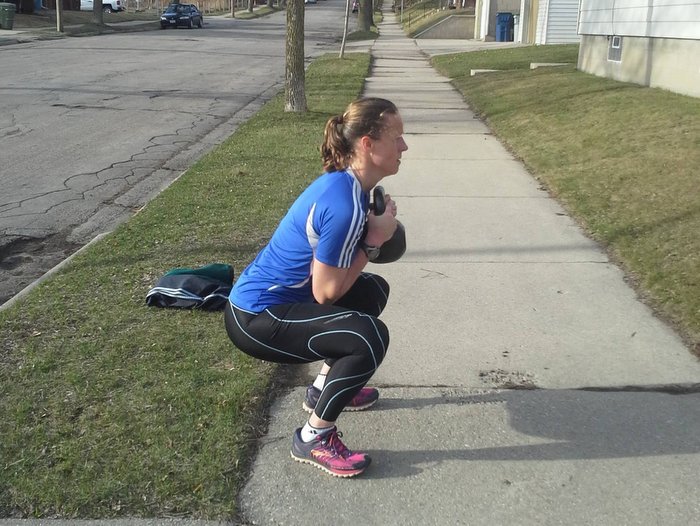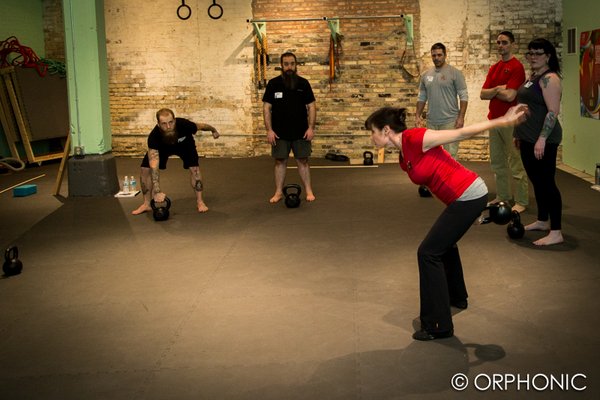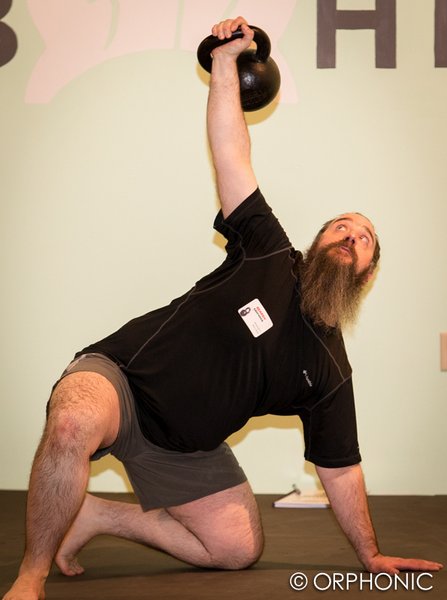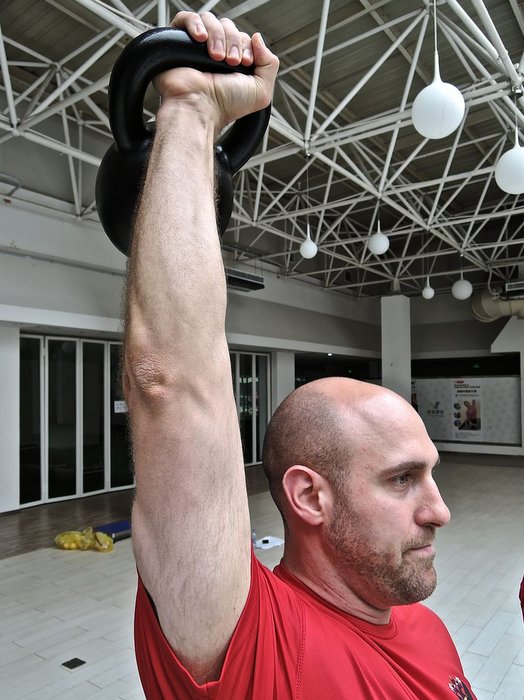
Kettlebells were a big change for me—far beyond just adding swings, get-ups, and squats to my training. The whole concept of kettlebells made me re-evaluate the tools I used and made me reconsider how many tools I really needed to accomplish a specific fitness goal. In many ways, kettlebells got me thinking more about the big picture. Soon, I was solving fitness needs more effectively. I remember when Dragon Door kettlebells only came in three sizes—16kg, 24kg, and 32kg. Back then, most people didn’t consider switching to a lighter or heavier kettlebell to be the default way to make an exercise harder or easier. That’s what I loved about kettlebells in the first place—we were taught to think about them a bit differently, and I want to share that with YOU!
Many people think they will outgrow their kettlebells as they work through various movements and progressions, but I have yet to see that truly be the case. In fact, by not automatically jumping to a different size kettlebell, you will find yourself breaking plateaus and feeling stronger much faster. The following three kettlebell techniques will show you how!
Dead Stop Anything
Since cleans, snatches, and swings are essential in kettlebell training, it’s important to note how to progress these movements. Time after time I am shocked to see how dead stop progressions can change so much about someone’s movements—and how many strengths and weaknesses are revealed.
While the dead-stop technique is definitely beneficial for swings, I find it has the BIGGEST impact on cleans and snatches, because they don’t have any pre-swing to build from the powerful eccentric pre-load. Ironically, since many people love deadlifts for the same reason, I am surprised this technique is not more popular for kettlebell ballistic training. Personally, I have found VERY few people who can double clean two 32kg or bigger kettlebells from a dead stop for sets of five. But, every time I do meet someone who can, the strength transfer to other lifts is pretty amazing!
Stop!
Since many popular fitness approaches are based on completing a workout in a certain amount of time, we often overlook the value of adding specific pauses. The great thing about pauses is that they can add challenge to any kettlebell lift from snatches to get-ups to squats.
It is amazing what the addition of a few seconds pause can do to the weight of a kettlebell. Suddenly, a somewhat light kettlebell can feel MUCH heavier!
But there are more reasons we should use pauses. On a basic level, pauses give us an opportunity to look at our positions and alignment. When people try to fly through their workouts, it’s common to see a loss of proper posture and cheated ranges of motion. Pauses help prevent technique breakdown and also accomplish some of the benefits we discussed in dead stop training. And with pauses, we can hold in a wide variety of positions. There is great value in holding the catch of a clean or snatch, the bottom of a squat, or even specific phases of the get-up. All of these pause examples can help build untapped strength.
Finally, pauses are an opportunity to work on isometric strength, which is valuable but often difficult to add to most fitness programs. Since isometric training is typically only effective in about a 15 degree range of the action, it may not seem worthwhile. But that limitation is a GREAT reason to work on it at both the bottom and top ranges of motion of a given exercise. At the top, isometric strength can do wonders for building great core strength. And the bottom the range of motion is typically where we need the most strength in a lift.
Perform the Underdog Movement!
Recently I had the wonderful opportunity to teach an RKC Workshop in China. During the course we always demonstrate and teach “accessory” kettlebell drills. These drills aren’t tested in the RKC, but that doesn’t make them any less valuable. In truth, many of these additional kettlebell drills are just as important as the more popular and tested exercises.
For example, the kettlebell single leg deadlift has amazing transfer to swings, cleans, and snatches. Many people would benefit from performing the single leg deadlift because it builds greater stability and strength in the lower legs, hips, and trunk. It is so easy to catch and correct compensatory movements with drills like the kettlebell single leg deadlift.
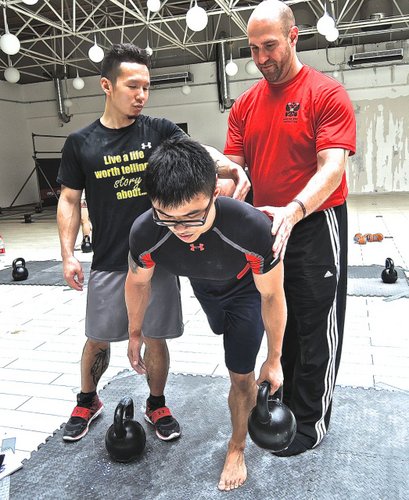
Bent rows also make this list of “underdog movements”. I’ve heard some people say that bent rows are “too hard” on the back, but I think this row variation is a great foundational drill for all our ballistic kettlebell exercises. Think of the bent row as an alternative plank—if you can’t hold the position with the right posture, then you may not be really ready to produce power.
Rows also help the shoulder joint with all the overhead work involved with kettlebell training. Due to the typical modern lifestyle and training, the muscles on most people’s back sides are typically weaker. While some trainers will say that you just need to include pull-ups in your training to fix this imbalance, our lats are internal rotators of the shoulder and can actually increase the shoulders’ tendency to round forward. Think the shoulders of elite swimmers. Fortunately, bent rows can help many of the muscles which pull the shoulders back.
But there’s a crucial trick—while many people can lift a kettlebell when they row, they might not actually get their shoulder blades to move. We need to see and feel the shoulder blades coming together as you bring the weight upwards. When this happens, we will also sense if you have scapular movement. If you do not have this movement, it can impact your overhead strength and performance.
Since they are important, I don’t want you to just add some of these “other” kettlebell movements, but instead, PRIORITIZE them in your training. The benefits will include increased performance and resistance to injury.
Just Three?
Adding three things might sound easy, but they all take discipline to perform. You may honestly feel humbled by some of the lighter kettlebells you thought you’d bested. But if you truly have the desire to get better, you will never feel like you’ve grown out of your kettlebells after you experience the amazing benefits from these three simple strategies!
***
Josh Henkin, Master RKC, CSCS has been a RKC instructor since 2003 and has implemented kettlebell programs for major Division I programs, SWAT teams, and many different general fitness programs. Josh is also the creator of the DVRT Ultimate Sandbag Training system where he is a highly sought after presenter worldwide. He can be reached at info@ultimatesandbagtraining.com or http://DVRTFitness.com. Josh Henkin is also the author of DVRT, The Ultimate Sandbag Training System now available in paperback and ebook format.
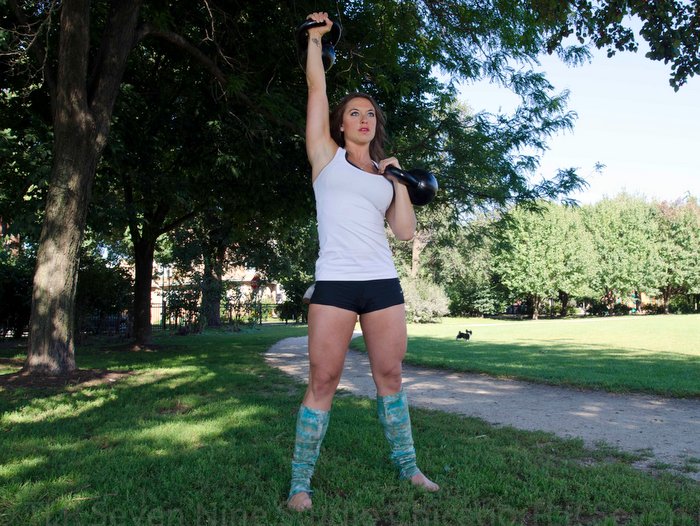
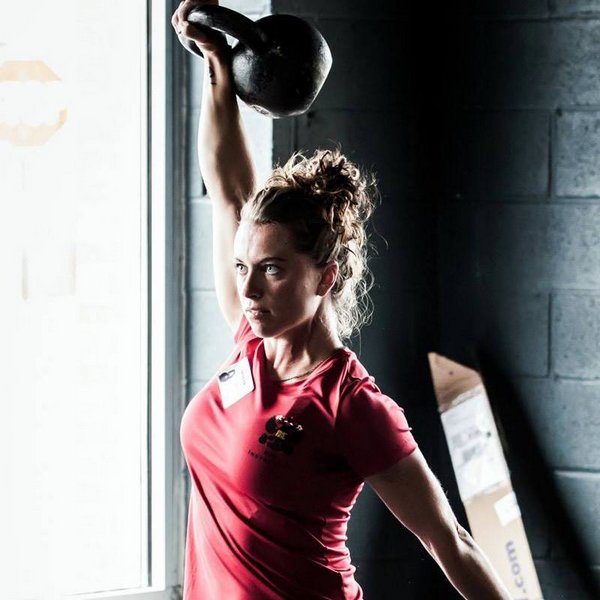 Max out:
Max out: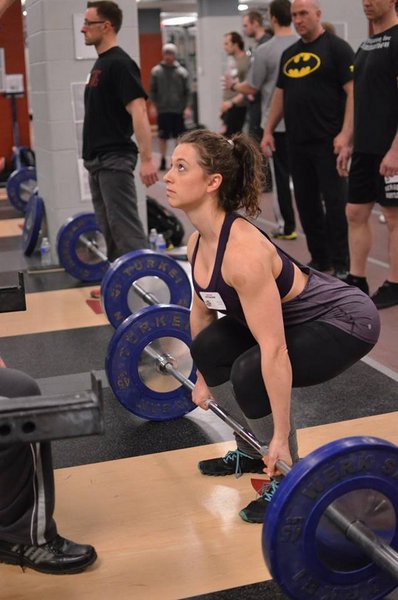
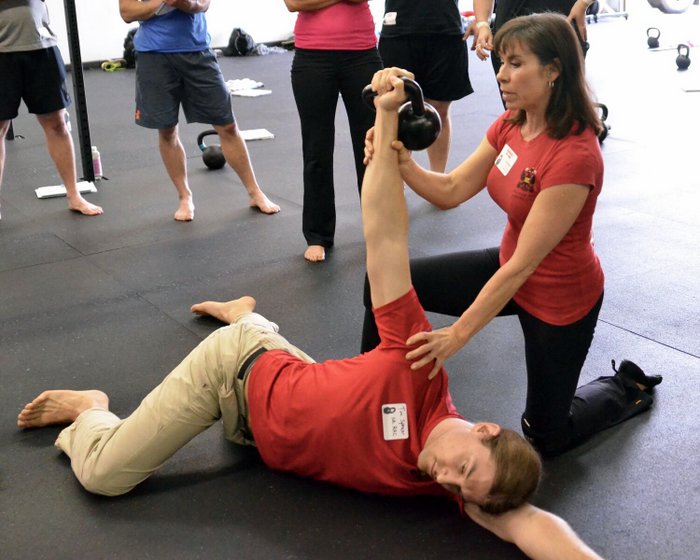
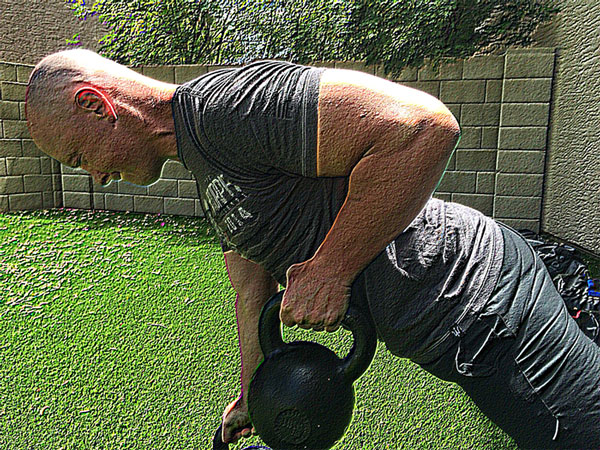
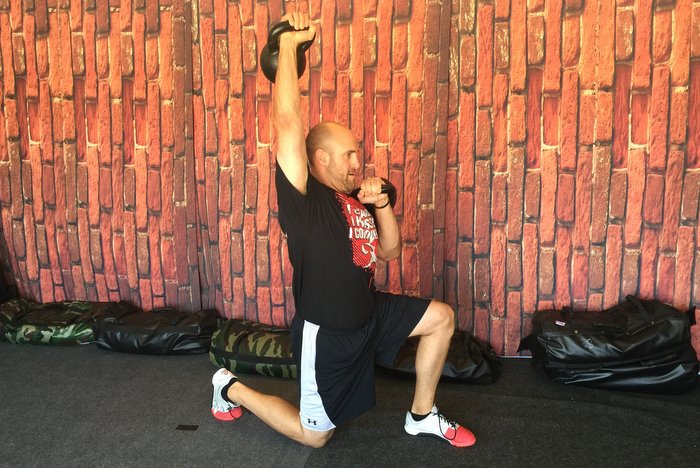
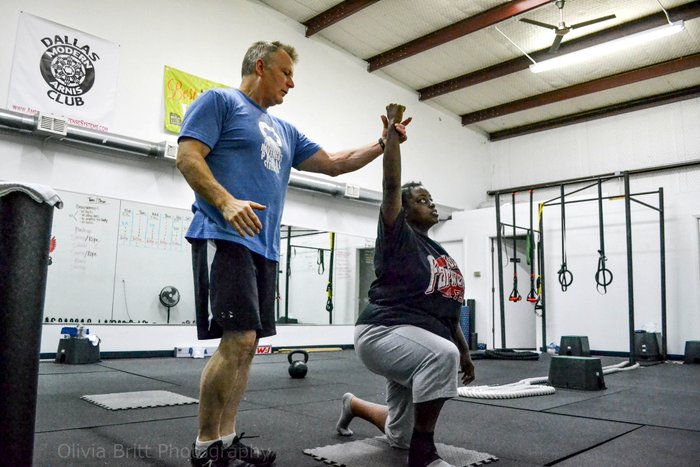
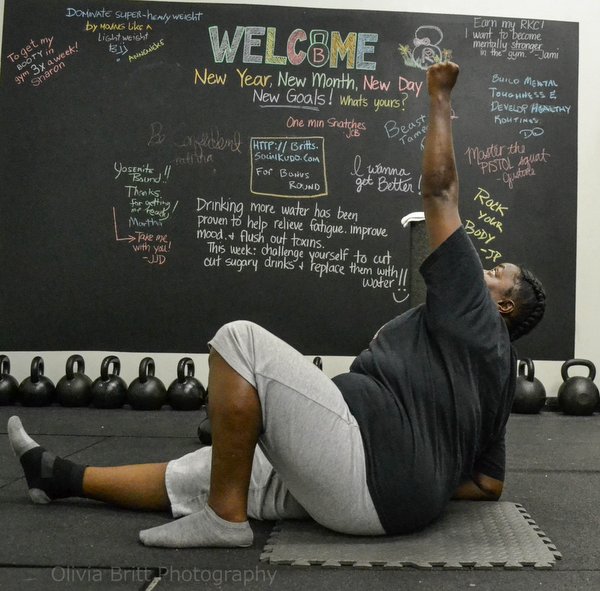
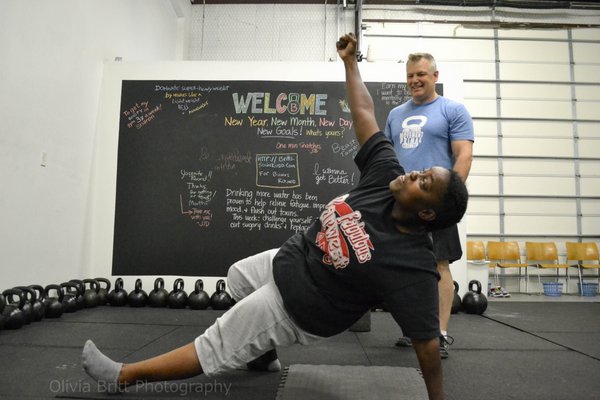
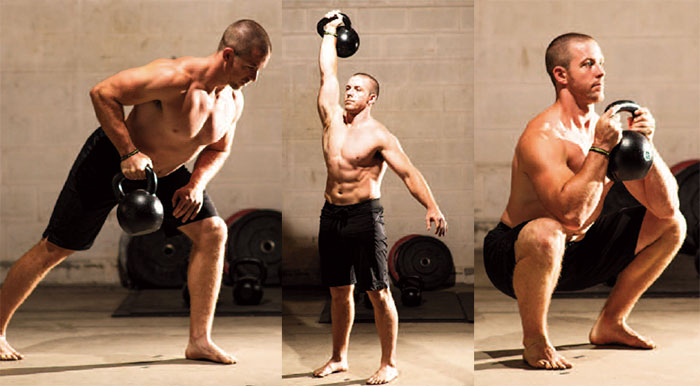
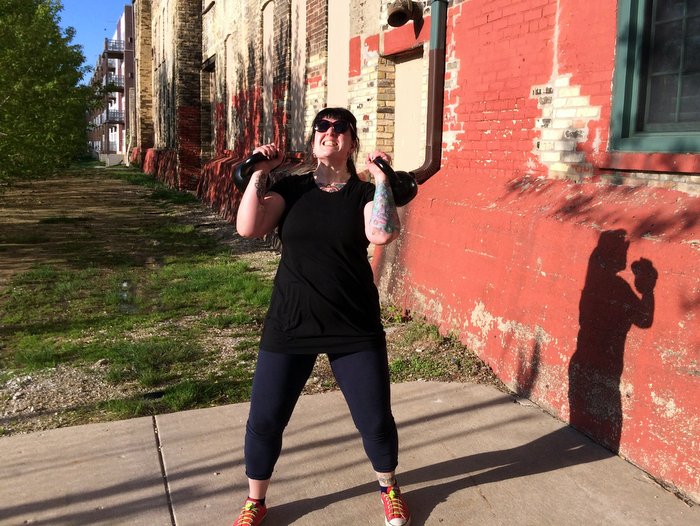



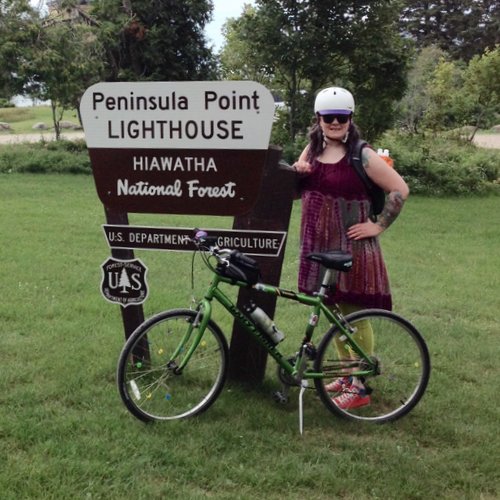
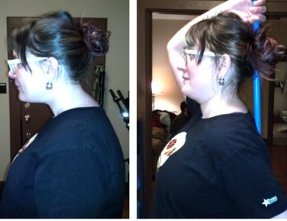
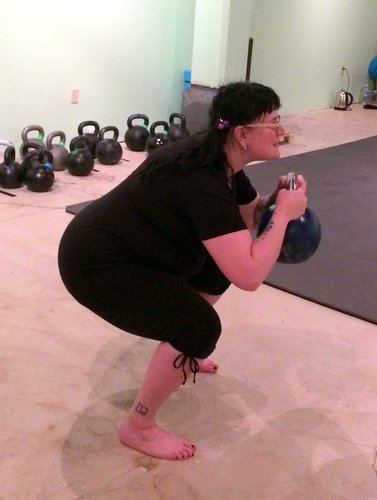


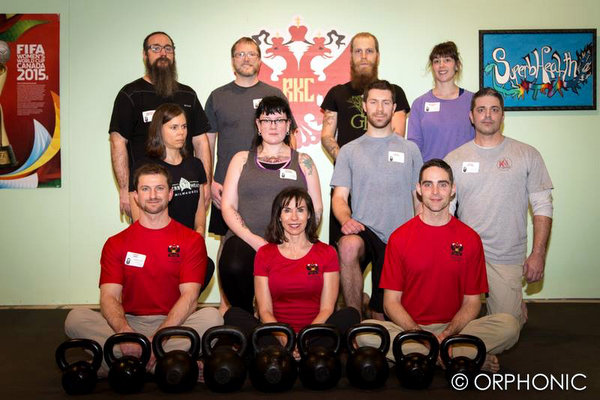

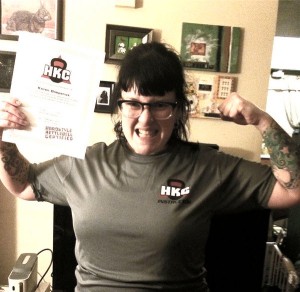
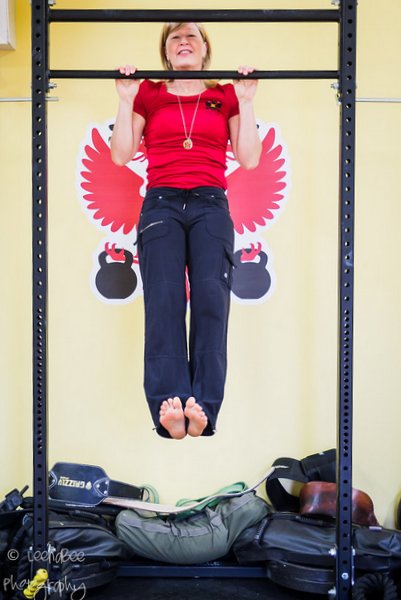
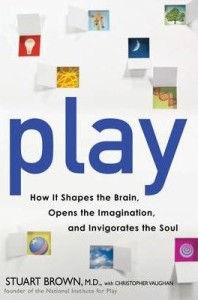 You can encourage creativity by using different fitness tools and combinations of movements that feel physically and mentally freeing, while still conditioning and challenging the body and the mind.
You can encourage creativity by using different fitness tools and combinations of movements that feel physically and mentally freeing, while still conditioning and challenging the body and the mind.